Protection for a fee: Band-tailed Gulls and Red-legged Cormorants
10,000 Birds
JANUARY 15, 2014
Frigatebirds don’t occur in the cold waters of the coast of Peru and Chile, but Band-tailed Gulls (Larus belcheri) have developed similar strategy. This system of “fee” in exchange for protection from being overwhelmed by many thieves seems to work. It is, to some extent, a win-win situation.


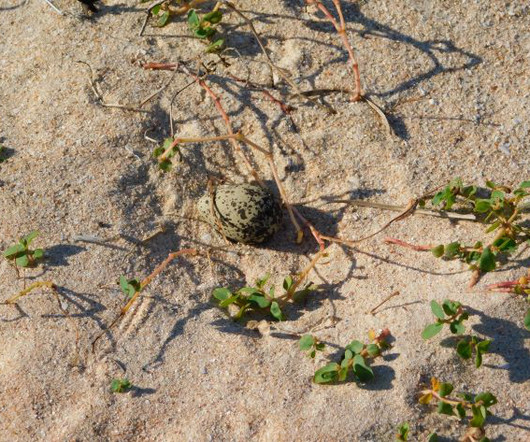
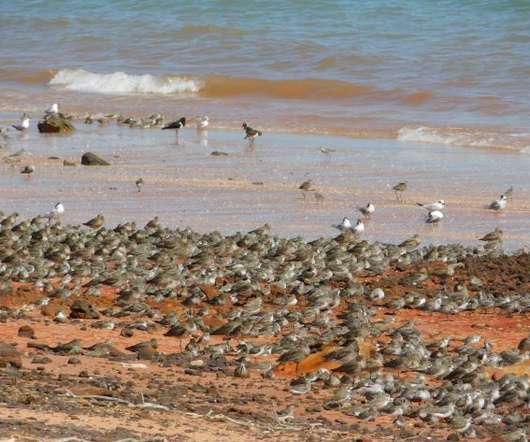

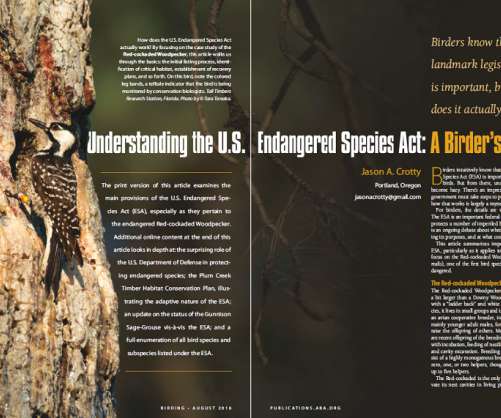





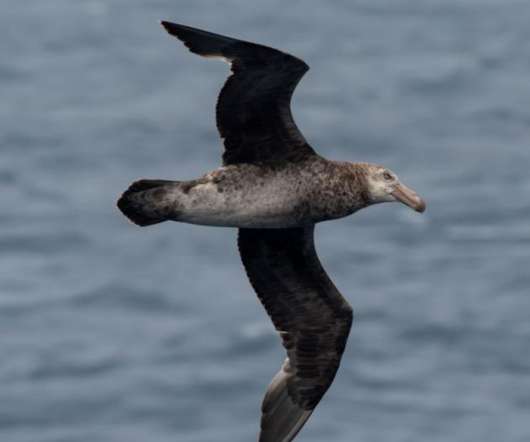







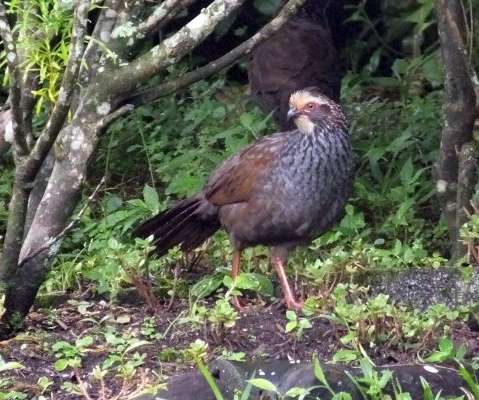





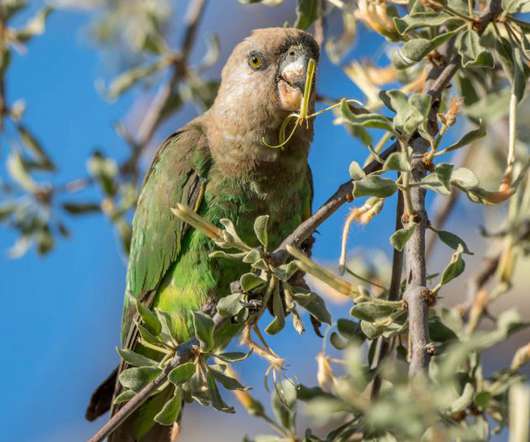
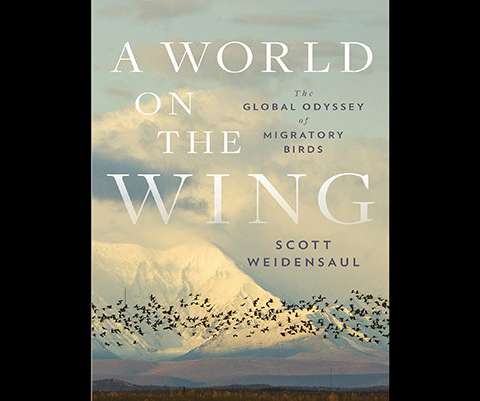
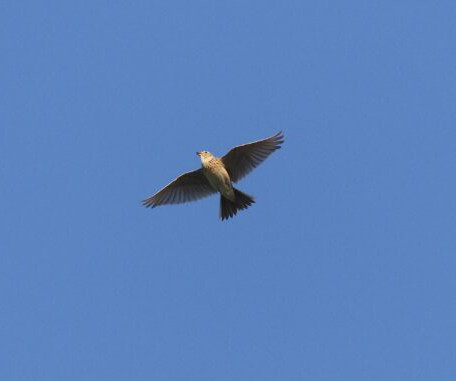





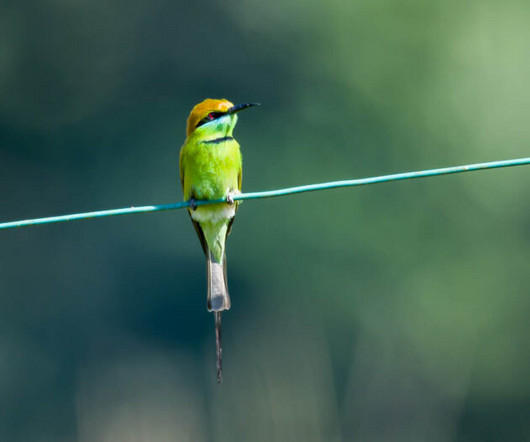

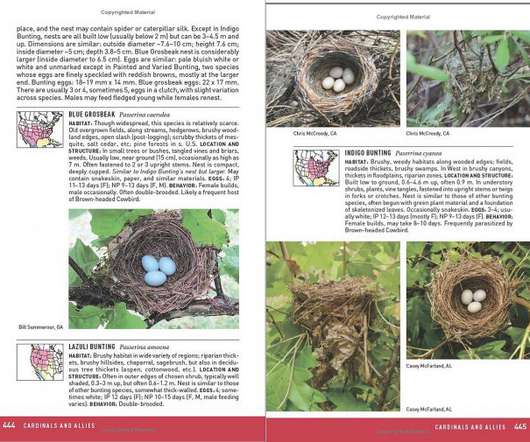
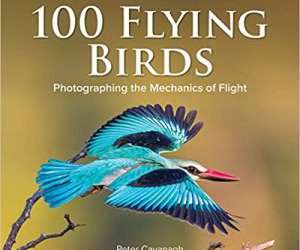
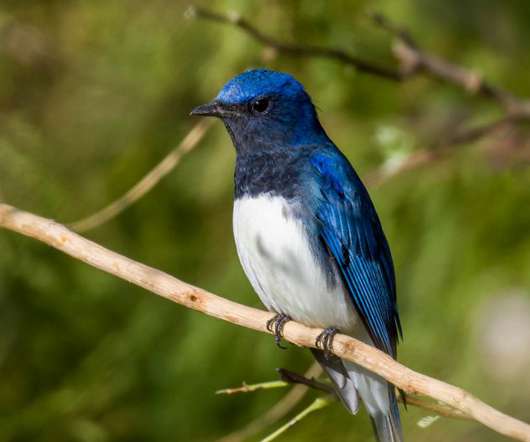






Let's personalize your content